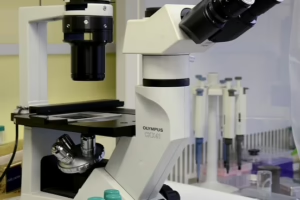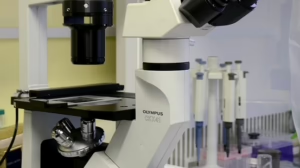The Hidden World of Plant Communication: Exploring the Language of Roots
In a world where communication is often understood through spoken language, the means by which plants convey information may seem almost mystical, hidden beneath the soil and out of sight. Yet, recent advancements in plant biology and ecology have begun to unravel the intricate and nuanced forms of communication that occur in the underground world of roots. Understanding this hidden network not only broadens our appreciation of plant life but also underscores the importance of preserving these complex systems in our changing environment.
The Language Beneath Our Feet
While we may not hear plants "talk," they have developed a sophisticated system of communication that serves crucial survival functions. At the heart of this system is the root zone, where plants communicate through various chemical signals, physical interactions, and even relationships with beneficial fungi and bacteria.
Chemical Communication
One of the primary means by which plants communicate is through the release of chemical compounds. When a plant is under stress—whether from pests, disease, or environmental changes—it can release volatile organic compounds (VOCs) into the soil. These chemical signals can alert nearby plants to potential threats, prompting them to fortify their defenses. For instance, a tomato plant attacked by aphids may release specific VOCs that induce neighboring tomato plants to produce more toxins, effectively preparing them for an impending attack.
Additionally, plants may utilize root exudates, which are organic compounds secreted by the root system into the soil. These exudates serve multiple purposes, including attracting beneficial microorganisms, repelling pathogens, and even communicating with other plants. Studies have shown that different species of plants can recognize these exudates as indicators of competition or distress, allowing them to alter their growth patterns or resource allocation accordingly.
Mycorrhizal Networks: The Wood Wide Web
Perhaps one of the most fascinating aspects of plant communication occurs through mycorrhizal networks, often referred to as the "Wood Wide Web." Mycorrhizae are symbiotic fungi that colonize plant roots and form extensive networks in the soil, connecting multiple plants together.
Through these networks, plants can share nutrients and water, facilitating cooperative behaviors even among competing species. More remarkably, they can relay distress signals. For example, if one plant is attacked by pests, it can send chemical signals through the mycorrhizal network to inform neighboring plants, which can then prepare their defenses in advance. This interconnectivity not only demonstrates the social aspect of plant life but also emphasizes the importance of collaboration in ecosystem maintenance.
Physical Communication
Roots can also engage in physical communication through their growth patterns. Research has shown that some plants can "sense" the presence of neighboring roots through chemical signals and alter their root architecture to either compete for resources or avoid entanglement. This physical interaction illustrates a level of spatial awareness and adaptability that challenges our traditional understanding of stationary organisms.
Implications for Agriculture and Conservation
Understanding the language of roots has significant implications for both agriculture and conservation efforts. In agricultural practices, recognizing the importance of root communication can help in developing more sustainable farming practices that enhance soil health and biodiversity. For example, planting diverse crop species can promote beneficial mycorrhizal networks, enabling crops to better withstand stressors such as drought or pest pressures.
In conservation biology, the insights gained from root communication can inform restoration efforts by highlighting the interconnectedness of plant communities. Enhancing soil health, preserving mycorrhizal networks, and maintaining plant diversity are vital for ensuring resilient ecosystems in the face of climate change and habitat loss.
The Future of Plant Communication Research
As research into plant communication continues to evolve, scientists are employing modern tools such as genomics, metabolomics, and advanced imaging techniques to gain deeper insights into the mechanisms behind root interactions. These findings are not only expanding our understanding of plant biology but also fostering a sense of wonder about the complexity of life on Earth.
By acknowledging and embracing the hidden world of plant communication, we can develop a deeper respect for these organisms that have thrived for millions of years, often in silence. As stewards of the planet, it is our responsibility to listen to these whispers from below, recognizing that even the humblest of roots is a vital part of the intricate tapestry of life. Understanding the language of roots may very well be the key to sustainable solutions for the challenges we face in agriculture and ecosystem conservation.
In a future shaped by climate change and biodiversity loss, one thing is clear: the more we learn about the silent language of plants, the better equipped we will be to protect the delicate balance of life on our planet.
[Modern Footnote Source Link]: For further insights and detailed studies on plant communication and root interactions, consider exploring recent publications in plant biology journals or accessing repositories of ecological research. Knowledge in this field continues to grow, revealing new dimensions to the lives of plants.


























Add Comment